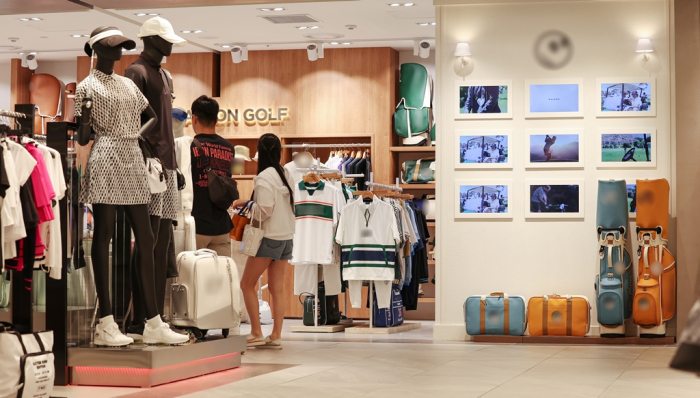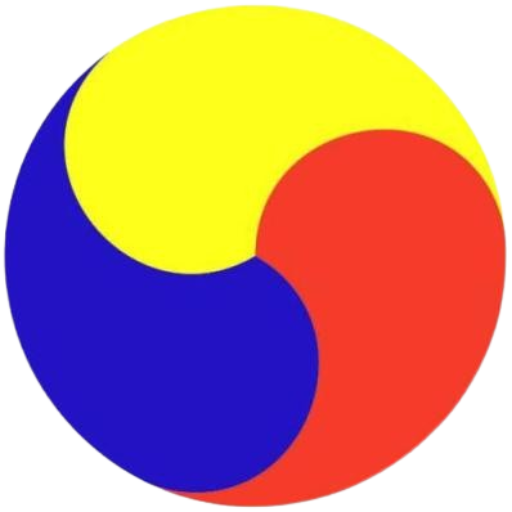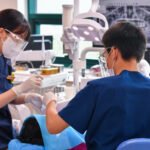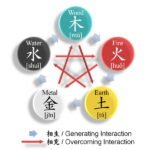
South Korea’s once-dominant golf apparel market, the largest in the world at its peak, is rapidly losing steam, as sales tumble and brands scramble to restructure.
What was a pandemic-driven boom, led by image-conscious millennials and generation Z flocking to outdoor sports, has quickly turned into a bust, with industry data showing a precipitous 40% drop in department store sales over the past three years.
According to data compiled by alternative data platform KED Aicel on Monday, total credit card payments for 10 leading golf apparel brands, including J.Lindberg, Pearly Gates and Descente Golf, at department stores reached 48 billion won ($35 million) in the first half, down 39.7% from 79.7 billion won three years ago.
The latest figure marks the third consecutive year of steep decline, with mid-year sales down to 67.1 billion won in 2023 and down further to 60 billion won in 2024.

The downturn reflects a broader cooling of interest in golf among young consumers, whose enthusiasm had helped propel Korea’s golf wear market to account for a staggering 45% of $8.9 billion global golf apparel sales in 2022, according to US-based Golf Datatech.
The decent growth in Korea was fueled by a wave of new players in their 20s and 30s during the height of the COVID-19 pandemic.
Golf club and apparel makers saw surging demand during the pandemic era as many embraced the luxury sport amid restrictions on travel.
Now, as that demographic shifts its spending habits toward other activewear categories, particularly in running and athleisure, golf apparel brands are being forced into retrenchment mode.

FEELING THE CHILL
Major golf apparel players are feeling the chill.
Sweden’s J.Lindeberg, imported and sold by Shinsegae International, saw its department store sales in Korea fall 6.4% on-year to 13.4 billion won in the first half.
Pearly Gates, sold under license by Korea’s Creas F&C Co., saw even sharper declines, posting a 39% on-year fall. Creas F&C’s other golf apparel brands – Master Bunny Edition and St Andrews – saw their sales fall 10% and 33.7%, respectively.
Descente Korea’s golf lines also took a beating.
First-half sales of Descente Golf and Le Coq Sportif Golfwear plunged 23.8% and 54.4%, respectively, from the year-earlier period.

Roger Nine Inc., the distributor of Parsons Xtreme Golf (PXG) line of golf clothes, reported a 31.4% fall in annual revenue over the past two years to 89 billion won in 2024.
Kolon Industries Inc., the licensed Korean distributor of luxury US golf and lifestyle brand G/FORE, swung to an operating loss in the first quarter.
“The slowdown in new golf participants, combined with shifting consumer preferences, is having an effect,” said David Maher, chief executive of Acushnet, the parent of FootJoy and Titleist, on a recent earnings call. “Apparel sales in Korea are materially down.”

BRACING FOR LONG WINTER
As the contraction deepens, brands are slashing costs, shuttering stores and raising capital to survive.
Hansae MK Co., which holds the local license for PGA Tour and LPGA-branded apparel, cut its retail footprint to 19 outlets at the end of March from 49 at the end of 2022.
Earlier this month, the company raised 11.7 billion won via a rights offering to shore up liquidity.
Hyungji Global Co., which markets the French brand Castelbajac, is following suit.

After racking up a 21 billion won net loss last year, it announced a 19.2 billion won capital increase through a rights offering this Friday.
The number of its outlets shrank to 115 at the end of 2024 from about 160 in 2021.
Creas F&C, meanwhile, issued 30 billion won in convertible and exchangeable bonds in July 2024 to boost its cash reserves.
Industry watchers say the correction is not merely cyclical.

While Korea remains a major market for golf equipment and fashion, the lifestyle-driven spike in apparel demand may prove unsustainable.
According to the Korea Golf Course Business Association, the number of visitors to the country’s 524 golf courses reached 47.4 million last year, down 6% or 3.17 million people from a pandemic-era peak of 50.6 million in 2022.
By Tae-Ho Lee
thlee@hankyung.com
In-Soo Nam edited this article.















